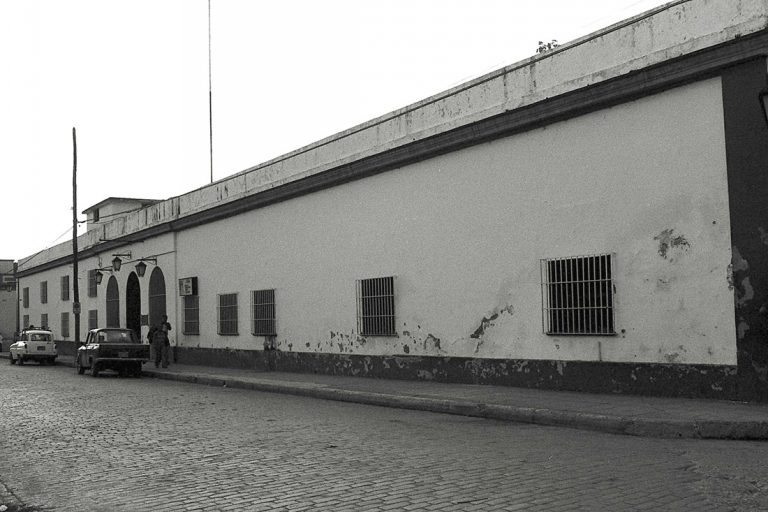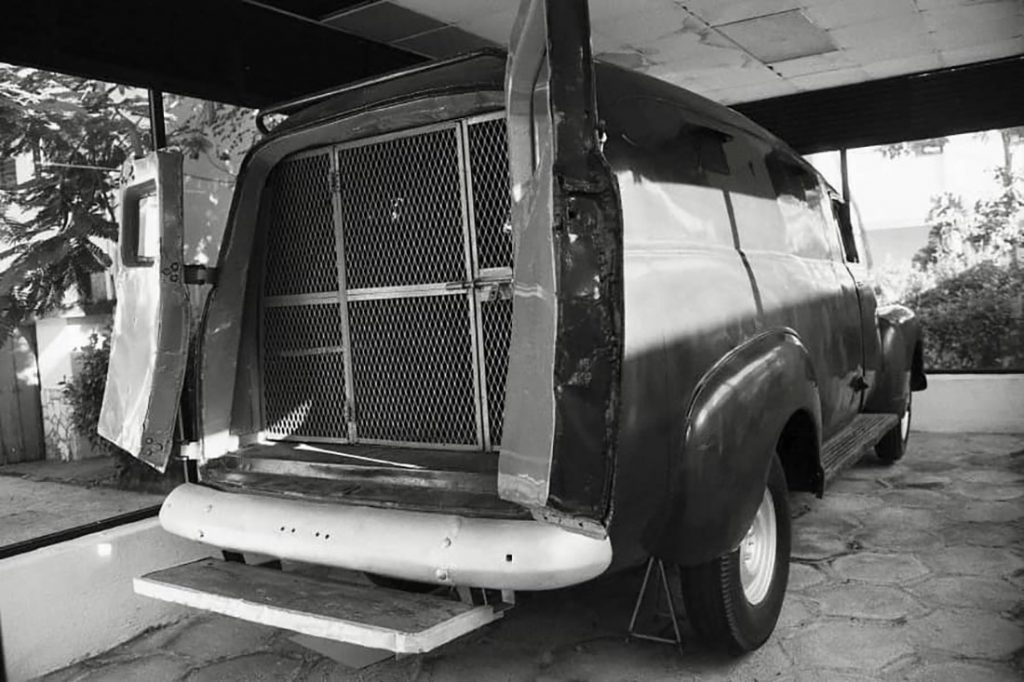On May 6th, 1856, the construction of the old Camagüey prison was completed, a building located at Francisquito Street number 301.
Since September of last year, this place has been the target of an archaeological excavation project developed by the Archeology Group, belonging to the Research Directorate of the Office of the Historian of Camagüey city; in conjunction with students from the Francisco Sánchez Betancourt School of Trades.
The study is of great importance to understand the Cuban prison system in the mid-nineteenth century, in addition to identifying processes of transformation of the building and its relationship with the archaeological context.
According to Karen María Hernández Rodríguez, specialist from the Investigations Directorate, at first they were looking for material remains that had to do with the old function of the property, in addition to elucidating its historical evolution.
“In the first section we find a floor from the first half or mid-20th century, when at a certain moment the space was transformed and the courtyard became a park inside the prison.
In the second section we excavate in an old well in which we found material from the last century and now what appears to be another well, but which does not appear in any of the plans, so we will investigate in more depth to find out when it was opened”.
The old jail was built in 1853 and by order of the Captain General of the Island; inmates from the central region of the country were transferred there. The land on which it is located was ceded by shareholders of the Railway Company, for the construction of the prison.
In this place, important figures of the struggles for independence such as Oscar de Céspedes, son of the Father of the Homeland Carlos Manuel de Céspedes; the fighter Concha Agramonte and many revolutionaries who participated in clandestine actions in the city during the last period of armed struggle were also imprisoned there.
The Prisoner Car left from there before it was temerariously assaulted by a group of young people from the July 26th Movement, led by Noel Fernández, with the aim of freeing two comrades in struggle. The vehicle, today located in the place that evokes the event, was exhibited for many years in the courtyard of this building.
The place served as a penitentiary until 1974, when the property was handed over to the Ministry of Construction to locate offices.
Translated by: Aileen Álvarez García







